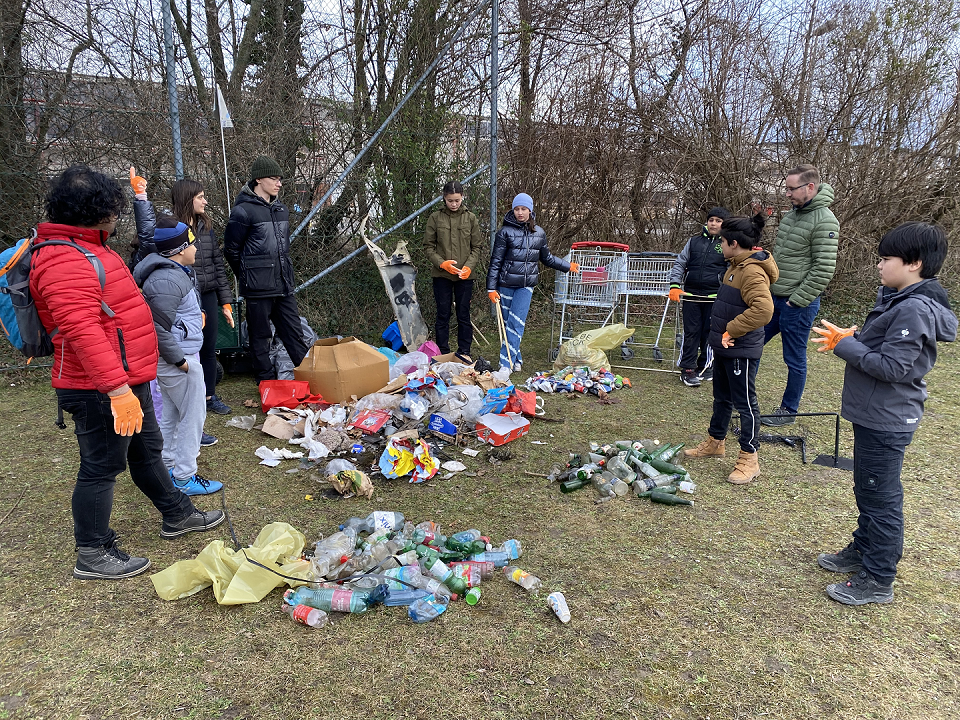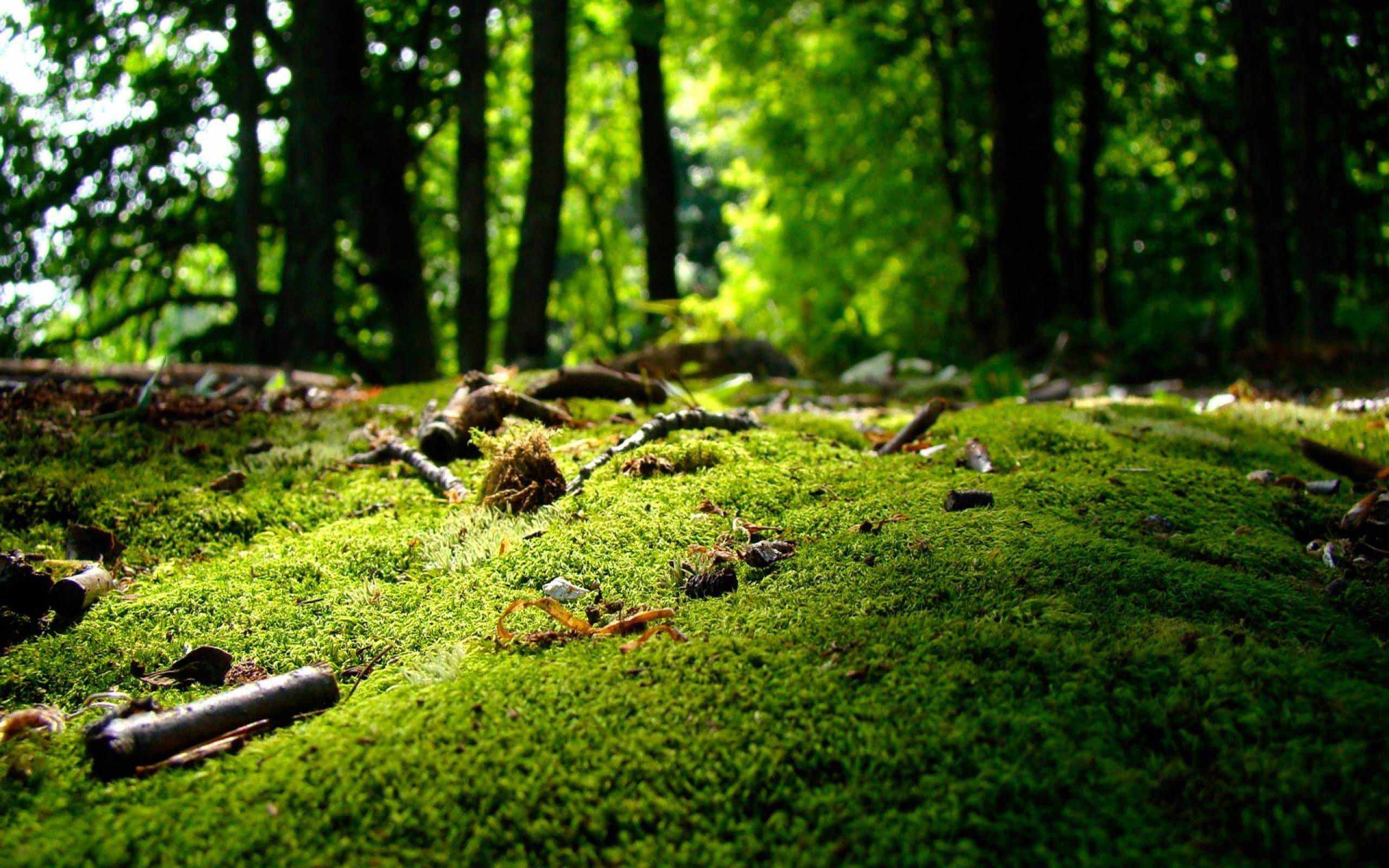Author:
Knut Wimberger
Short summary:
A review of February's Plastic Pirates event in St. Pölten and how the waste pollution gives valuable insights about problems with the city's urban planning and behavioral architecture


The Plastic Pirates were on the prowl again on Sunday and were able to free nature of 157kg of trash. Our route between Otto-Glöckel school, Glanzstoff area and Traisenpark shows even after so many months always new insights. This time we are moved by thoughts in the interplay of urban planning, responsibility of large property owners and the resulting behavioral architecture in the general population.
It is noticeable that along the entire Glanzstoff area, whether along the Mühlbach or on Herzogenburgerstrasse, an above-average amount of garbage can be found every month - this time also three abandoned shopping carts far from the nearest supermarket. The cause is certainly partly to be sought in the lack of responsibility of the property owners concerned, who do not sufficiently maintain this area or take responsibility for it. This is unsurprising, since Dr. Grupp, who lives in Stuttgart, took over Glanzstoff many years ago as a real estate speculator and is only interested in the management of this central part of the city. The result is an increasingly destroyed green belt that passers-by use as an oversized trash can. Why protect something that is already destroyed anyway?
At the Rudolf Kirchschläger playground, this problem overlaps with another: the proximity of the shopping center Traisenpark regularly brings a fresh supply of packaging material, aluminium cans and other solid waste, joining the trash that has been wildly dumped on the former Glanzstoff grounds for at least two decades. Our route across Traisenpark south again shows that a private waste disposal company cleans up there on any given day. Wind carries the garbage, however, both to the south but especially to the east to the stunted tree population of the Mühlbach where it gets tangled in bushes and shrubs and makes the habitat of a beaver resemble a garbage dump.

The trained eye immediately recognizes where the property lines of the Traisenpark are, because right up its border the surface is cleaned. On the public bike path and the adjacent green strip, for which the city administration is responsible, a huge load of waste accumulates every month, some of which flows over the Mühlbach into the Traisen and possibly even into the Danube.
What responsibility do property owners have in ecological terms towards the common areas of a city? What responsibility does the city government have towards the environment and its citizens? What responsibility do citizens have towards their fellow citizens and the environment?
The Viehofner Lakes, praised as the top local recreation center, are only a stone's throw away from the Traisenpark. A walk on Sunday morning has shown that on the street side in the direction of the Traisenpark substantial amounts of garbage have been caught in the bushes there as well - with high probability also garbage from the Traisenpark, carried over by the wind. It is high time to rethink the urban planning and the resulting behavioral architecture of the residents. More relation to the neighbourhood is urgently needed and a community garden at the former football ground of Glanzstoff or on the green spaces west of Austraße and south of Viehofner See would be the right vehicle for this.

Lorem ipsum dolor sit amet





